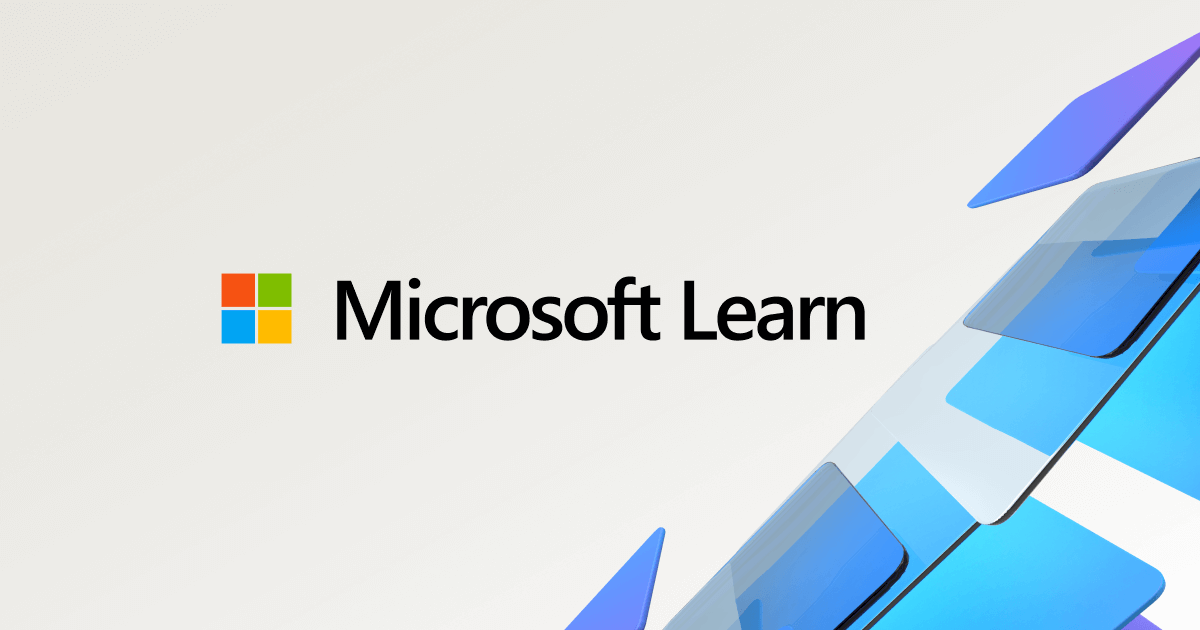- Thread Author
- #1
I have been running Windows 10 on a desktop I built using a 120GB SSD. PC running great but needed more space. Had an extra HDD (750GB) from a Toshiba laptop. Wiped, formatted, bought W10 key, and installed as secondary drive. To be clear I know have one PC tower with 2 drives that each have windows installed on them. Every time I reboot my PC I am prompted to which Windows volume I want to boot in to. My PC ran great for a week but the 750GB HDD was noticeably slower than when I booted into the SSD windows volume (obviously). Two days ago I saw a deal on Amazon for a 250GB SSD so I grabbed it. Pulled out old HDD, Cloned it using Paragon Drive Copy and installed it. Cloning must not have worked properly so after a few hours of trouble shooting I figured it was best to just do fresh install. Wipe new SSD and format to NTFS, plug drive in, and plug in Windows Media Creation Tool. Go thru steps of installing and Windows comes up blah blah the usual. I go to reboot my PC and I am no longer able to boot into disk-0 (120GB SSD) only can boot into the drive I just installed. Restart and no more being prompted which Windows10 I want to boot into. Upon further research I believe the problem may be, everytime I install the second drive it hides the 99MB FAT32 Partition Volume. Notice, Disk-0 is missing Boot, Page file, and Crash dump. I have wiped both drives about 3 times each now and each time I cant boot other drive. Does anyone have a fix for this?
Please See Pics




Please See Pics

